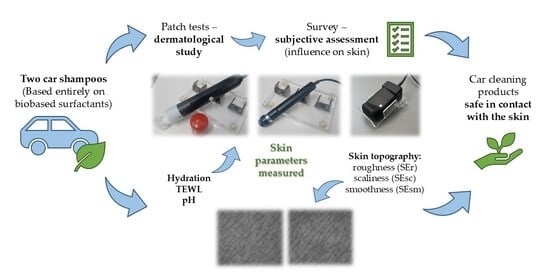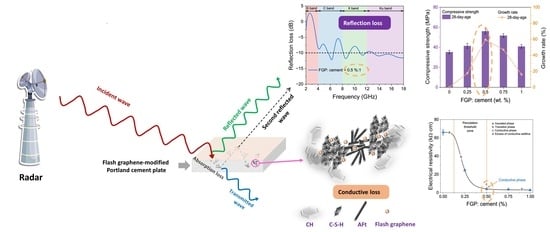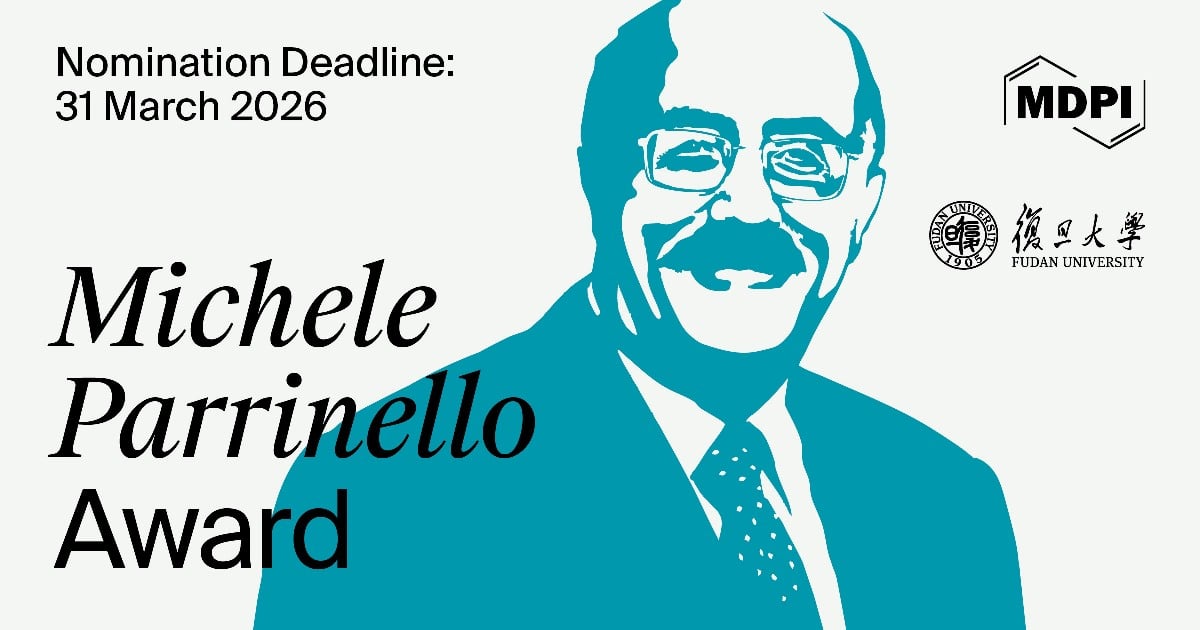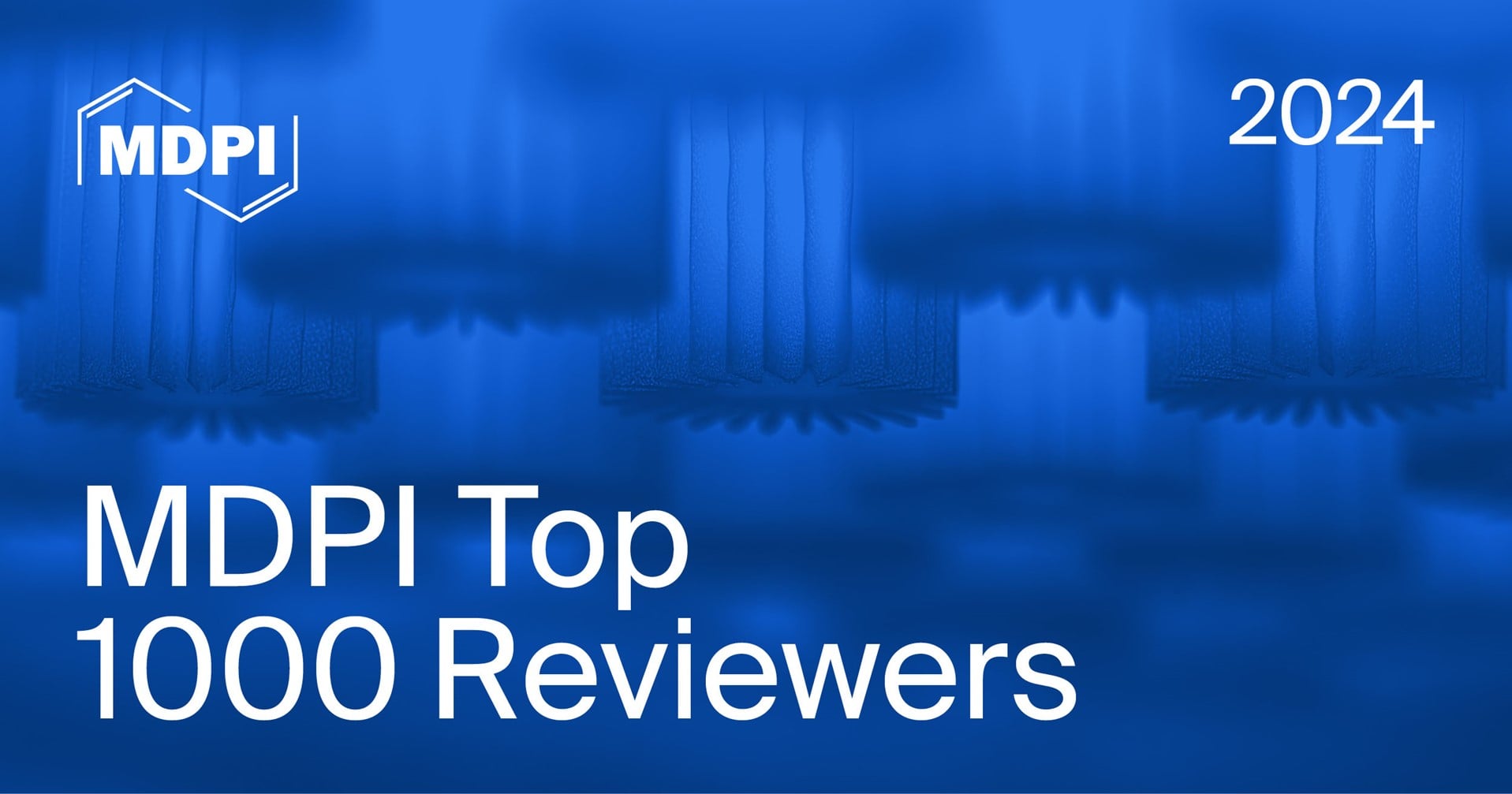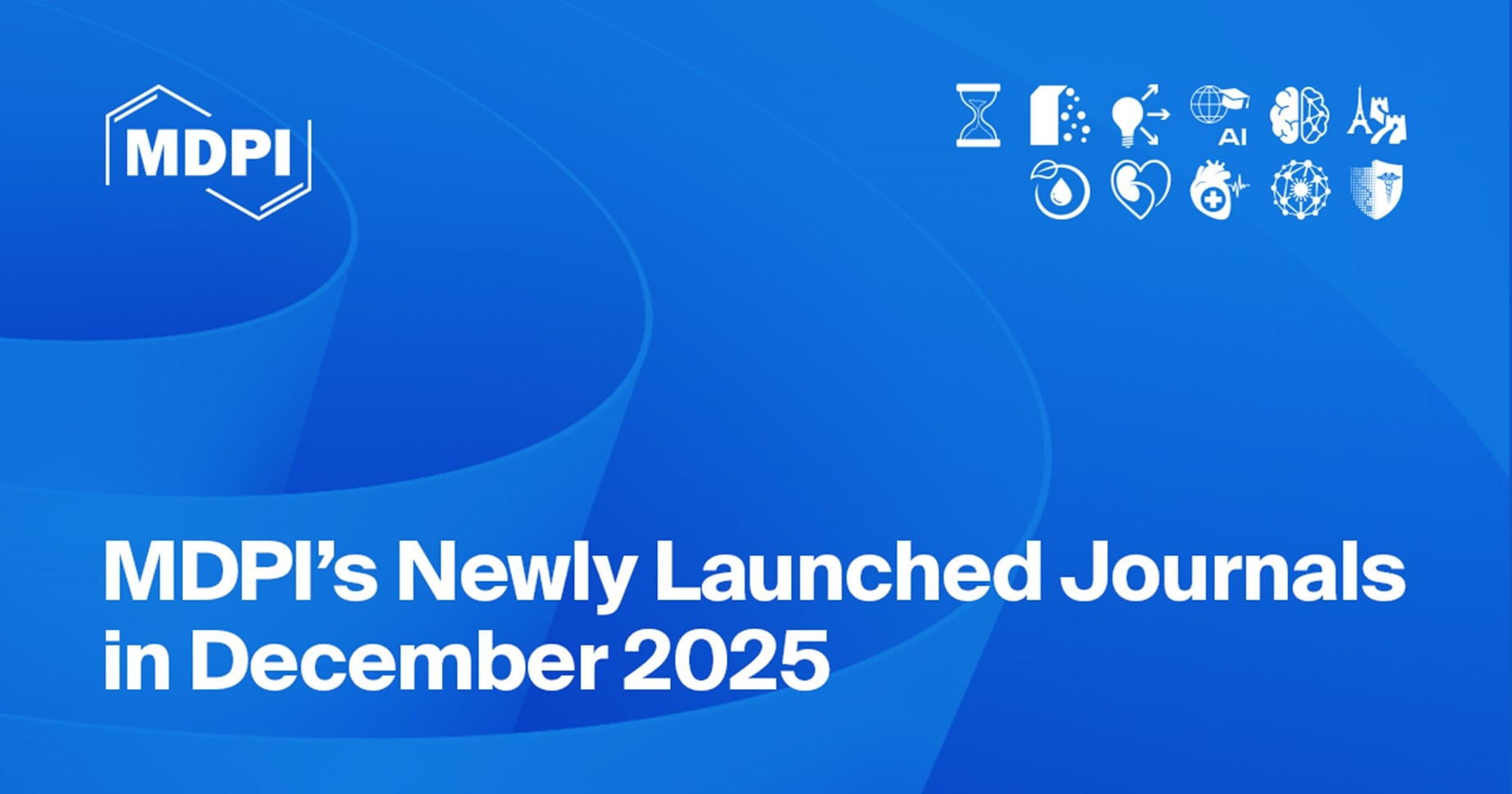-
 Robotized Fabrication of Large-Scale 3D Conformal Electronics
Robotized Fabrication of Large-Scale 3D Conformal Electronics -
 MXenes in Tribology: Advances, Challenges, and Future Directions
MXenes in Tribology: Advances, Challenges, and Future Directions -
 Forming Anti-Icing Functional Microstructures Through Cost-Effective Hot Embossing
Forming Anti-Icing Functional Microstructures Through Cost-Effective Hot Embossing -
 Zwitterionic Poly(Carboxybetaine Methacrylate)s in Drug Delivery, Antifouling Coatings, and Regenerative Tissue Platforms
Zwitterionic Poly(Carboxybetaine Methacrylate)s in Drug Delivery, Antifouling Coatings, and Regenerative Tissue Platforms -
 Near-Compensated Ferrimagnetism in Half-Heusler Co0.5Mn1.5Al Alloy
Near-Compensated Ferrimagnetism in Half-Heusler Co0.5Mn1.5Al Alloy
Journal Description
Materials
- Open Access— free for readers, with article processing charges (APC) paid by authors or their institutions.
- High Visibility: indexed within Scopus, SCIE (Web of Science), PubMed, PMC, Ei Compendex, CaPlus / SciFinder, Inspec, Astrophysics Data System, and other databases.
- Journal Rank: JCR - Q2 (Metallurgy and Metallurgical Engineering) / CiteScore - Q1 (Condensed Matter Physics)
- Rapid Publication: manuscripts are peer-reviewed and a first decision is provided to authors approximately 15.5 days after submission; acceptance to publication is undertaken in 3.6 days (median values for papers published in this journal in the second half of 2025).
- Recognition of Reviewers: reviewers who provide timely, thorough peer-review reports receive vouchers entitling them to a discount on the APC of their next publication in any MDPI journal, in appreciation of the work done.
- Testimonials: See what our editors and authors say about Materials.
- Companion journals for Materials include: Electronic Materials, Construction Materials and AI Materials.
Latest Articles
E-Mail Alert
News
Topics
Deadline: 31 January 2026
Deadline: 25 February 2026
Deadline: 20 March 2026
Deadline: 31 March 2026
Conferences
Special Issues
Deadline: 10 January 2026
Deadline: 10 January 2026
Deadline: 10 January 2026
Deadline: 10 January 2026





